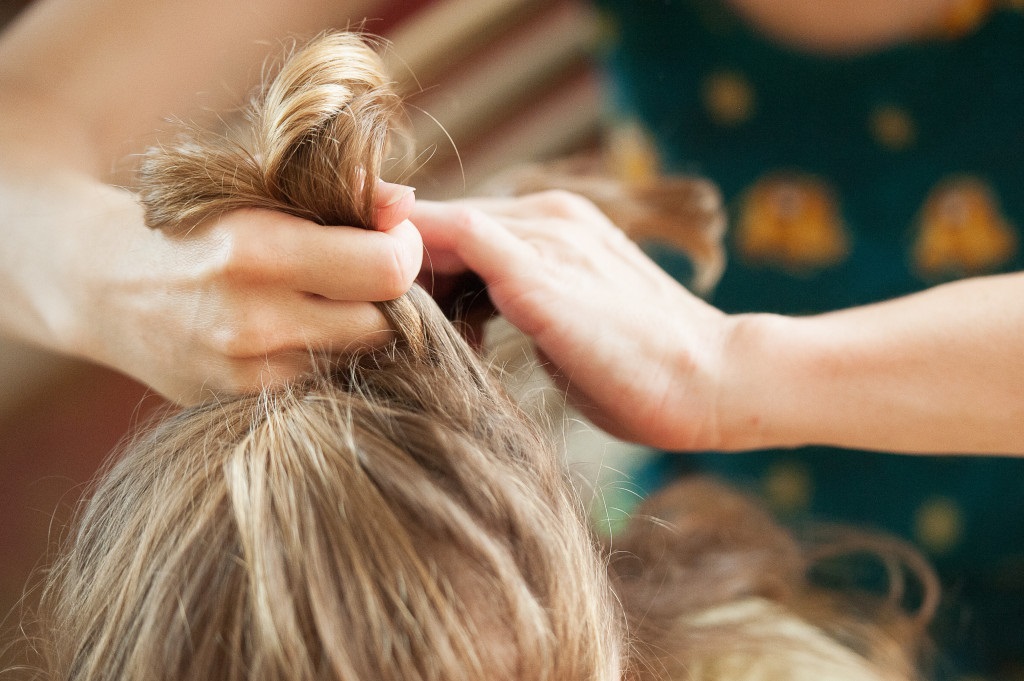
Lice are small parasites that make their home on our scalp, biting it to feed on human blood and reproducing through eggs (called nits). Over about a week, the lice have multiplied and started a real infestation – called pediculosis – which must be controlled immediately, or it could last for months.
It is also very easy to spread: direct contact between heads or sharing contaminated personal items (combs, hair accessories, hats, etc.) is enough. Please find out how to combat and prevent them from getting to this point.
What Complaints Do Lice Cause?
The main complaint practically needs no introduction: itching, the most annoying and revealing symptom. However, initially, the arrival of these parasites is asymptomatic, and the like is only detected sometime after they are installed on our scalp.
In addition to itching, other common complaints are:
- The sensation of movement in the head
- Wounds
- Eczema
- Crust
Nits And Lice: How To Detect Them
Nits are usually one of the first signs visible to the naked eye, as they are whitish and cling to the strands of hair, particularly on the back of the neck and behind the ears, conducive to their development. Lice are more difficult to locate, as they are the color of hair and move around, “camouflaging” themselves easily.
To Get Rid Of Parasites
Several antiparasitic products are available on the market, such as shampoos and lotions. The instructions for use must be followed exactly, as well as the recommendations regarding when to repeat the treatment from LiceDoctors for example.
The American Centers for Disease Control and Prevention and lice treatment nashville warns that different antiparasitic products should never be used simultaneously unless recommended by a pediatrician or dermatologist.
Using a fine-toothed comb, which, as the name suggests, has very fine and tight teeth, is essential to remove nits stuck to the hair that may not have died with the application of antiparasitic. Disinfect the fine comb with alcohol or boiling water after each use.
Wash Your Child’s Clothes At More Than 60º
To top it off, the clothes your child has worn in the last two days, bed linen, stuffed animals the child sleeps with, and bath and face towels must be washed at a high temperature (>60ºC) or cleaned dry to eliminate any lice they may have. Brushes, combs, or hair accessories should be disinfected with alcohol or washed with boiling water.
Lice Alert: Notify The School
Parents should inform the school and family members that their child has lice so that other parents are alert and can treat their children promptly and simultaneously – which will also prevent further contamination.
Can Lice Be Prevented?
No, there is no measure to prevent the spread of lice. However, it would help if you taught your child not to use other children’s brushes, combs, or hats or to lend them yours.
Cutting your hair very short is not a preventive measure against the appearance of lice.
Furthermore, the idea of a relationship between hygiene and lice is a myth: a lack of hygiene does not favor their appearance.

